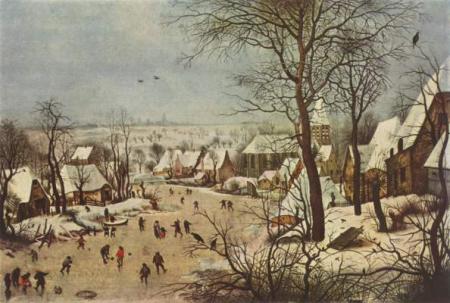Global Warming - Arctic Ice stability
Dr. John Ray
links to an interesting article regarding the current thoughts of global warming with the focus on the outcome of Arctic Ice Cap meling.
The article, by
Louis Hissink in his weekly science roundup at Henry Thornton:
bq. But first the latest climate scare to be published on 9 November - that "Greenhouse gases have contributed to a gradual warming of the ecologically-fragile Arctic region, causing massive climate changes, including melting glaciers and sea ice, according to a soon-to-be-released environmental study", and the
rest of the article here.
bq. When our ABC reported this on Classic FM a few days ago while driving to work, the news-reader mentioned that this will cause sea levels to rise - this jollied my day thereafter, as it reinforced my view that the ABC remain scientific illiterates.
bq. The Arctic Ice cap is "SEA ICE" which "FLOATS" on the sea, and if it all melts the sea level will not be raised 1 micrometer - and you can test this yourself by filling a glass with ice-cubes and then filling it with water till the level reaches the lip of the glass. If this theory is correct and your ice-cubes melt, then the water will overflow the glass. If the water doesn't, then the theory is wrong.
Louis then looks at an historical record of that area from around 700 years ago:
bq. The UN IPCC bases its global-warming scare on the now totally debunked Hockey Stick, an artifice which amazingly made the Medieval Warming period disappear from history, as well as the Maunder Minimum, so it might be interesting to look at a recent world map drawn by the Chinese in the late 14th Century (or early 15th).
bq. It is the
Di Virga Map recently discovered by the team at 1421 which clearly shows the northern coastline of Siberia from Norway to the Bering Straights. It is a map compiled before any of the European maritime Nations started discovering the world, so one is immediately intrigued by the fact that in order to map this northern Siberian coast, ships must have add easy access to that coast. This suggests that perhaps the arctic ice cover was far less than what it is now.
That is around the same time as the vinyards found in Greenland.
There was also a little ice age as well a few hundred years later.
Check out this Pieter Bruegel (the younger) painting of ice skating.
And when was the last time the rivers in Europe froze solid?
 Posted by DaveH at November 7, 2004 4:45 PM
Posted by DaveH at November 7, 2004 4:45 PM
